 The New Year is here and once again, you’ve made that old familiar resolution: “This year, I am going to eat healthier!” So you head to the grocery store with your list of good intentions in hand, yet it isn’t long before confusion sets in.
The New Year is here and once again, you’ve made that old familiar resolution: “This year, I am going to eat healthier!” So you head to the grocery store with your list of good intentions in hand, yet it isn’t long before confusion sets in.
It’s not surprising as this cavernous room is filled with over 40,000 products made by companies who pay millions to ensure that you buy their item over another.
You start by opting for products that scream “we are healthy!” But how do you know if the product truly is healthy, or simply being marketed as such to entice you?
Fortunately, help is here thanks to Mira and Jayson Calton of Calton Nutrition. These nationally-acclaimed nutrition experts introduce the “Ultimate Grocery Purchasing System” (GPS) in their new book Rich Food, Poor Food. With humor and insight they lead you down each aisle with an easy-to-digest Eat This, Not That strategy.
The Calton’s conveniently organize your shopping road trip into nine categories: dairy, meat, fish, produce, condiments, grains, baking, snacks and beverages. They educate you to look beyond the ‘Misleading Misfits’ and ‘Sinister Substitutes’ to find the most nutritious and truly healthy options. It doesn’t matter what type of nutrition plan you follow – Paleo, low-carb, vegan, or simply better-than-before; their program focuses on maximizing micronutrient values (vitamins, minerals, antioxidants, essential amino acids and fatty acids) and avoiding potentially harmful ingredients.
Let’s consider potato chips. Say they are on your ‘just can’t give up this year’ list, so you opt for the baked version as the healthier choice. But are they healthier? The Calton’s say no, and all you need to do is look beyond the less-fat-less-sodium label to the ingredients. Lays Potato Chips contain three: potatoes, vegetable oil, and salt. Lay’s Baked Potato Crisps actually contain seven ingredients including cornstarch, sugar, soy lecithin and corn sugar. The dangers of these ‘poor food’ ingredients are further explained in Rich Food, Poor Food. The Caltons add that Lay’s may have started with good intentions, but somewhere they took a very wrong turn.
Rich Food, Poor Food helps you identify genetically modified culprits, the ‘Fab Fourteen’ vegetables you can safely buy conventionally, and the ‘Terrible Twenty’ you should buy organic. They demystify dairy, expose eggs, list beneficial brands, characterize packaging claims, and more.
The Caltons’ goal with Rich Food, Poor Food is to change your experience from buying groceries to buying real food that nourishes your body, and ‘there is no better investment on which to spend your hard earned money!’
Jayson Calton holds a doctorate in nutrition with continuing medical education at Harvard Medical School and Yale School of Medicine. Mira Calton is a licensed certified nutritionist and fitness chef. For more information visit CaltonNutrition.com. Rich Food, Poor Food is available on their website, Amazon.com and BarnesandNoble.com.





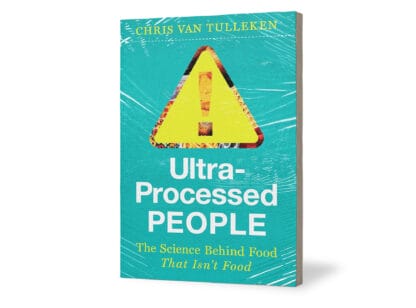
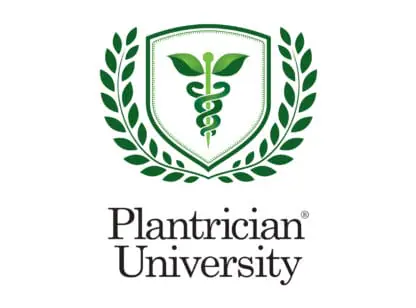
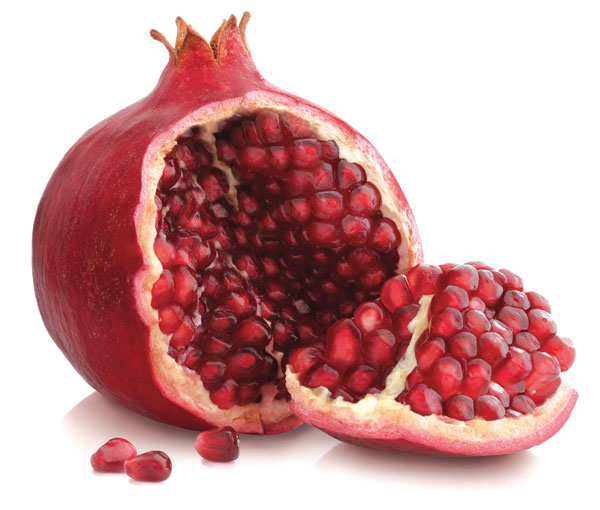
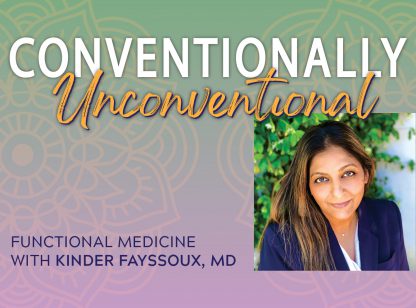

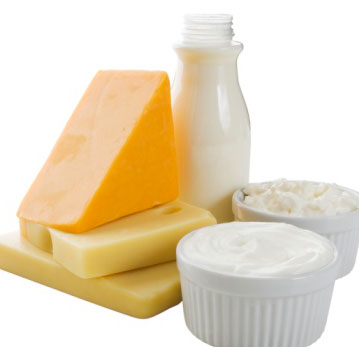


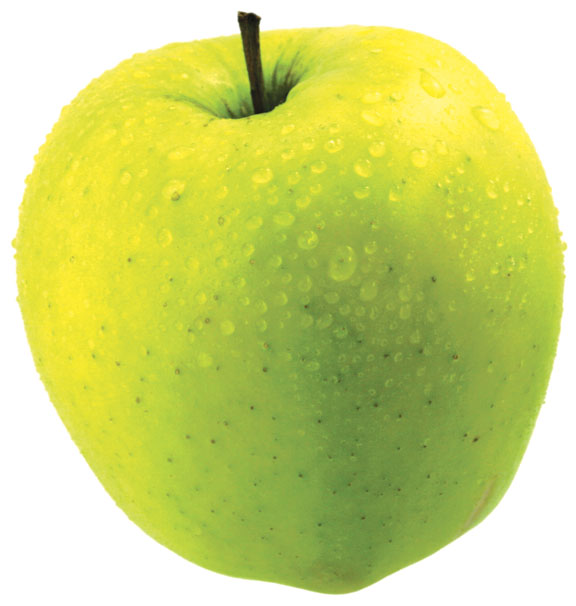
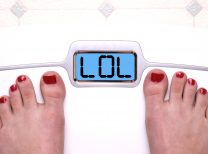

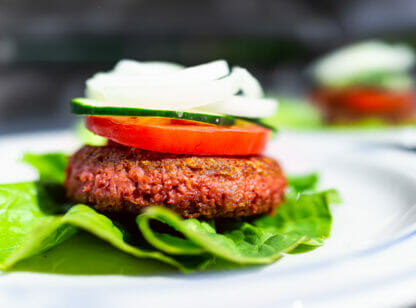
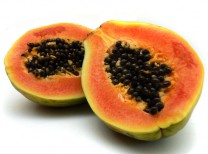




























Comments (0)